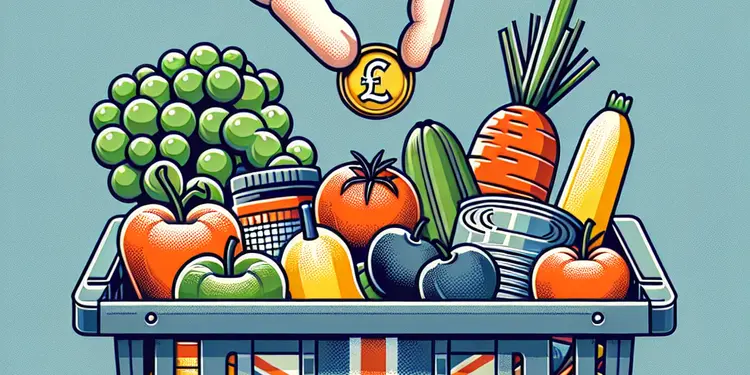
Find Help
More Items From Ergsy search
-
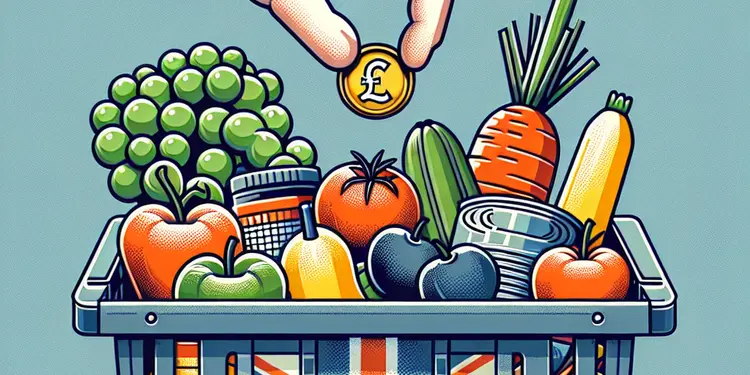
How do food banks get their food?
Relevance: 100%
-
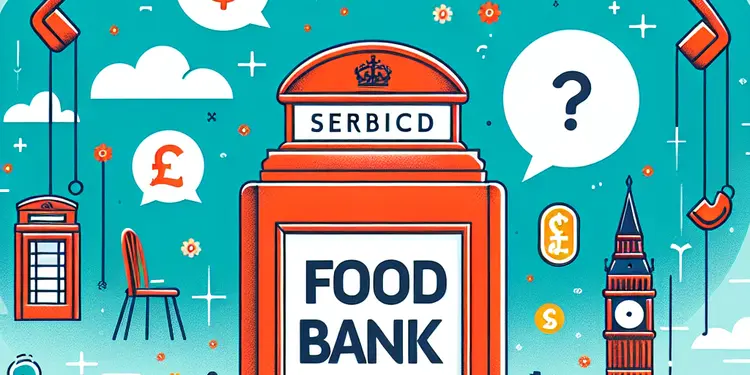
What is a food bank?
Relevance: 93%
-
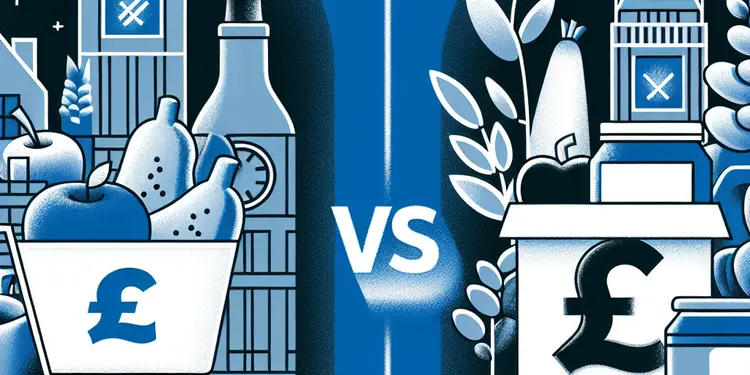
What is the difference between a food bank and a food pantry?
Relevance: 91%
-
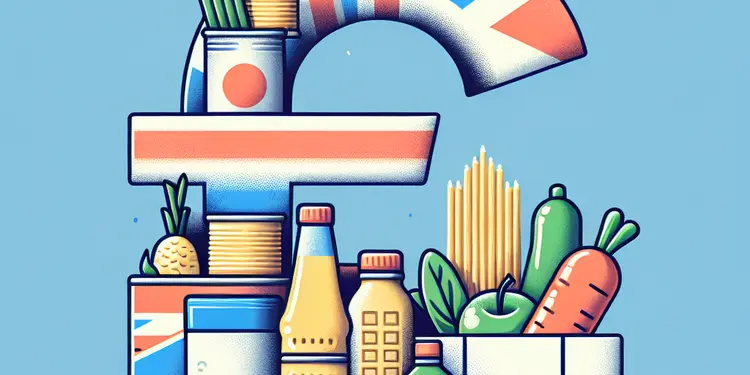
What types of food are typically available at a food bank?
Relevance: 91%
-
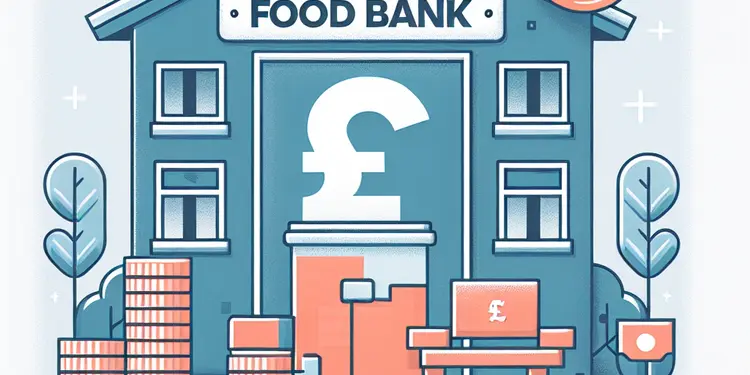
Is there a cost to receive food from a food bank?
Relevance: 89%
-
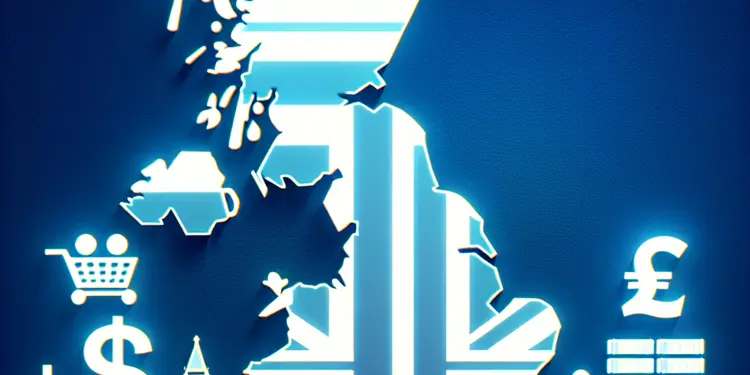
What if there is no food bank near me?
Relevance: 85%
-
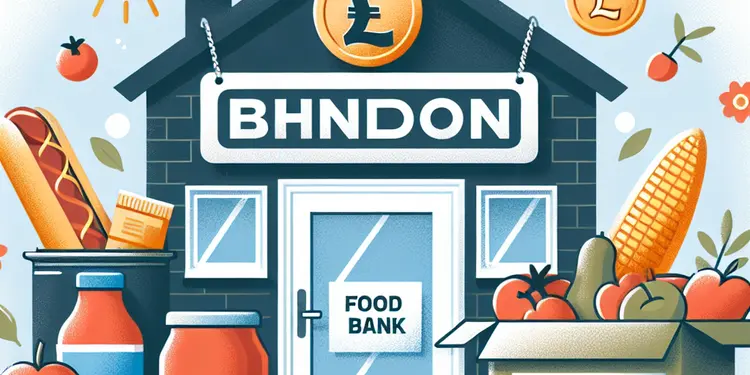
Are food banks open on weekends?
Relevance: 85%
-
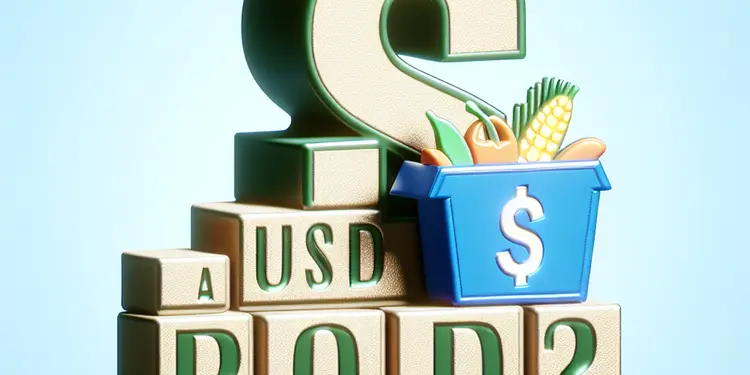
Can anyone use a food bank?
Relevance: 84%
-
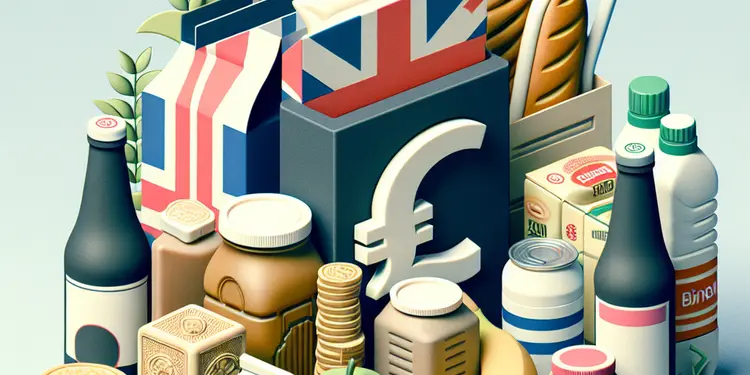
Is there a limit on how much food I can take from a food bank?
Relevance: 82%
-
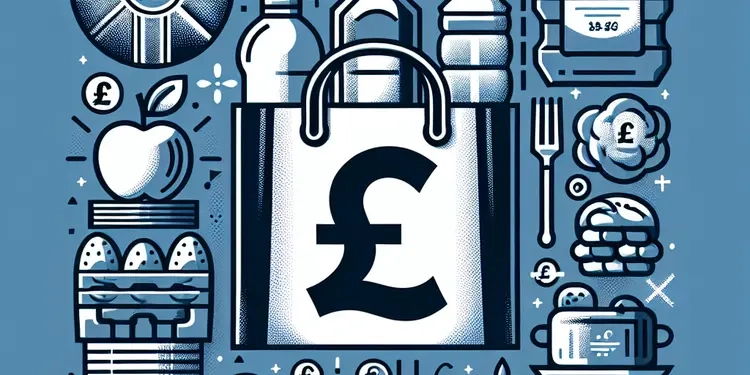
How can I access food banks?
Relevance: 81%
-

The Rise of Community Food Banks: Combating Hunger Locally
Relevance: 78%
-
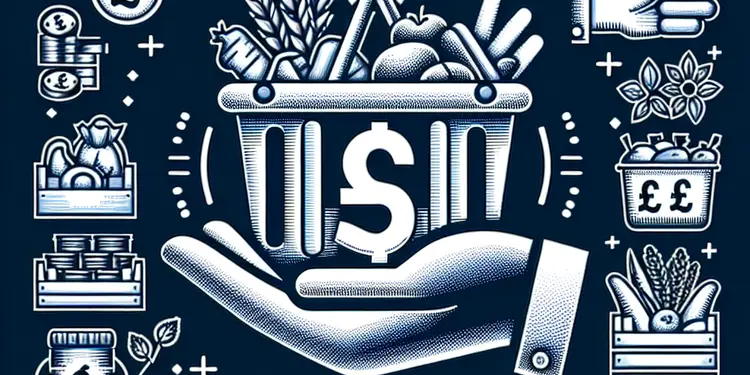
How can I support my local food bank?
Relevance: 78%
-
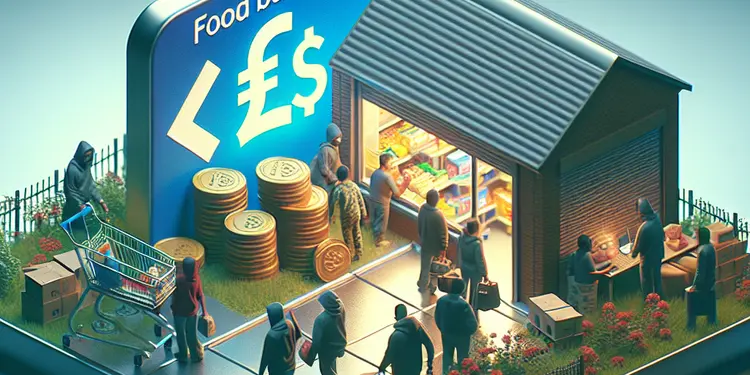
Can refugees or immigrants access food banks?
Relevance: 78%
-
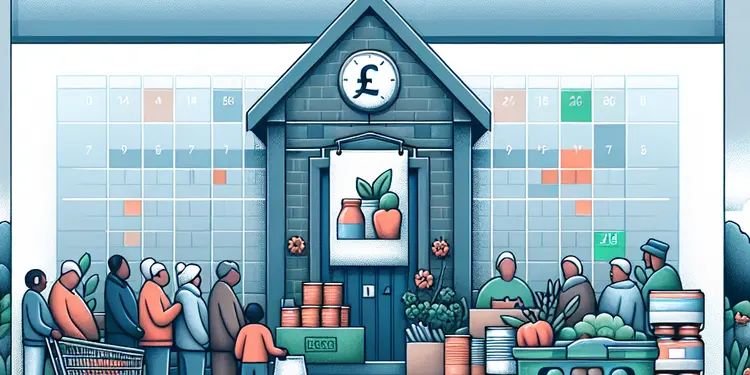
How often can I visit a food bank?
Relevance: 78%
-
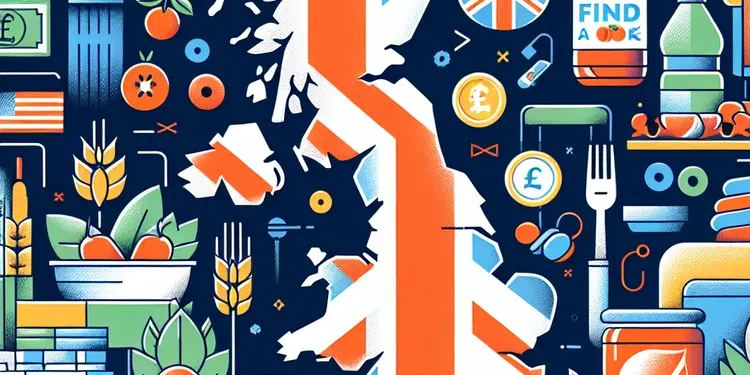
How can I find a food bank near me?
Relevance: 78%
-
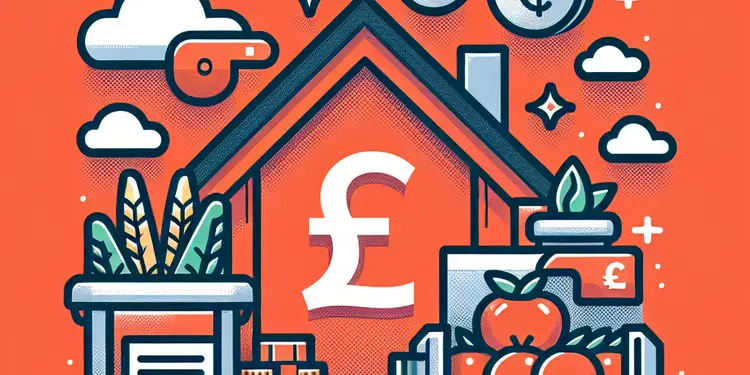
What information do I need to access a food bank?
Relevance: 78%
-
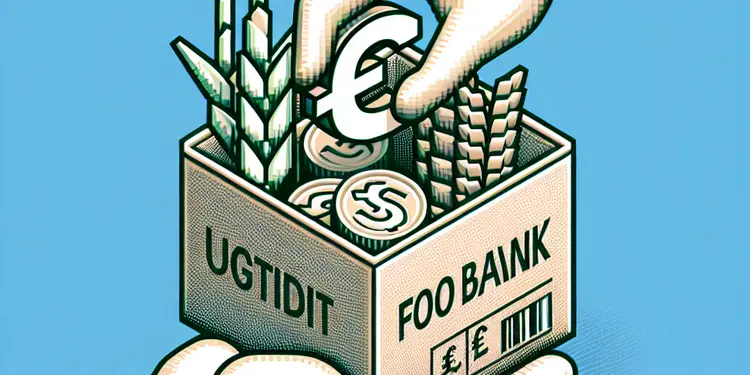
What if I can't physically visit a food bank?
Relevance: 77%
-
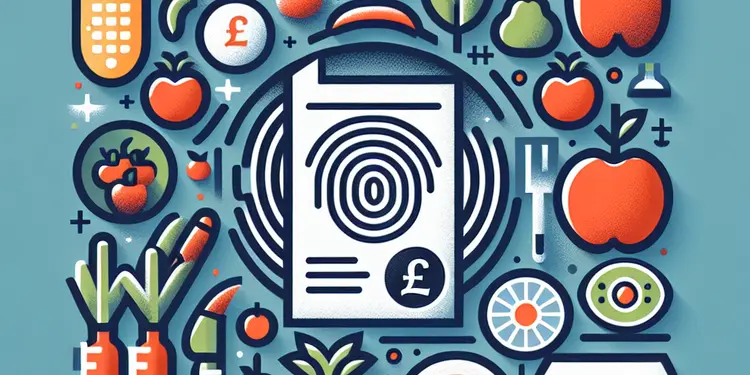
Do I have to provide personal information to access a food bank?
Relevance: 75%
-
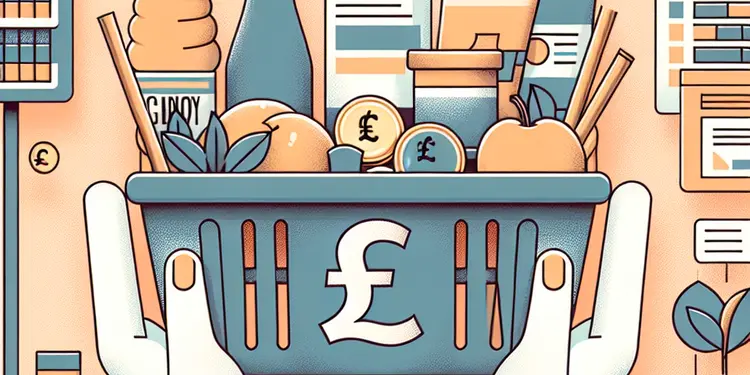
What should I bring with me when visiting a food bank?
Relevance: 75%
-

Rise in Food Bank Usage Amid Economic Challenges
Relevance: 75%
-
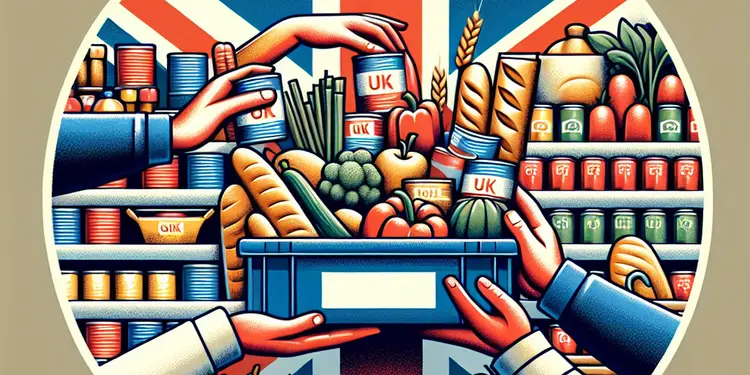
Can I volunteer at a food bank?
Relevance: 66%
-
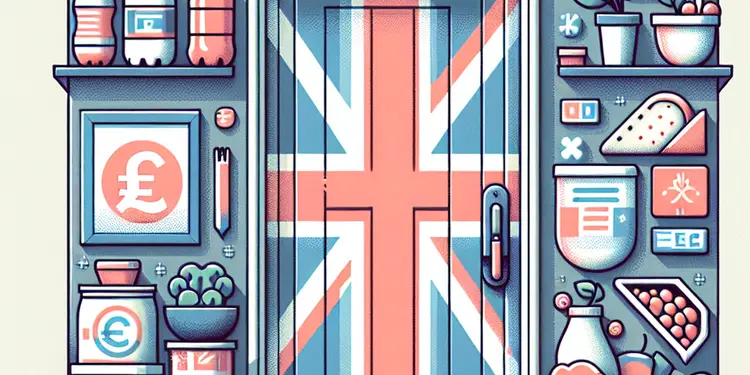
Do I need to make an appointment to visit a food bank?
Relevance: 60%
-

Charities Warn of Food Insecurity Amidst Rising Cost of Living
Relevance: 58%
-
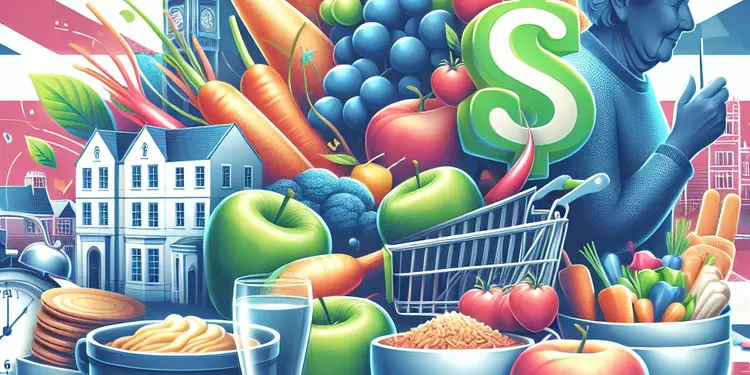
Are there any food assistance programs available for seniors?
Relevance: 55%
-
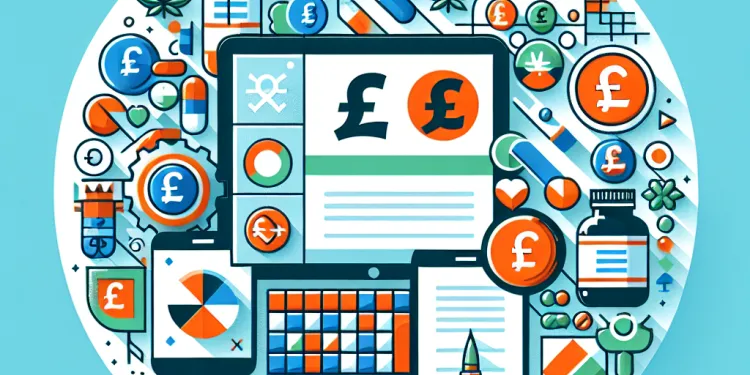
Can Ozempic be taken with food?
Relevance: 54%
-
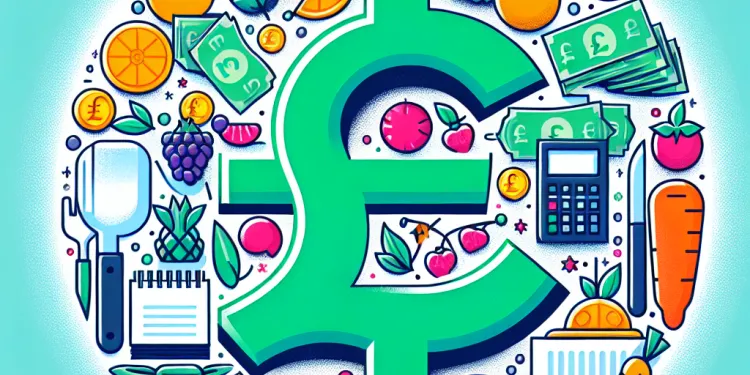
Are there any initiatives to reduce food waste in schools?
Relevance: 52%
-
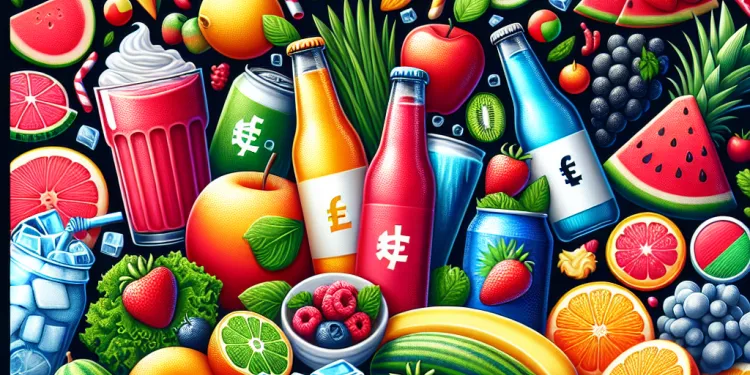
Can certain foods help me stay cool?
Relevance: 52%
-
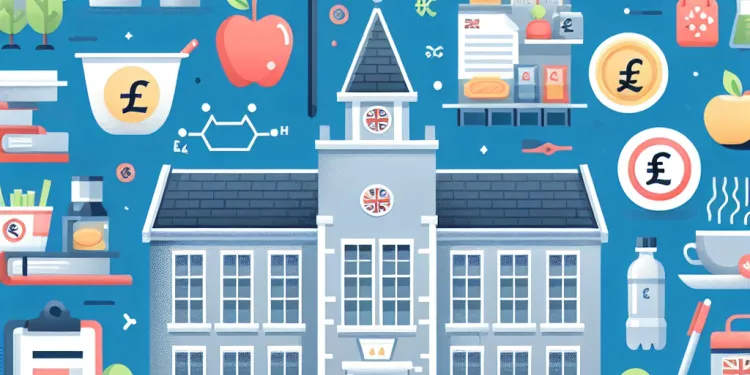
How are food allergies managed in UK schools?
Relevance: 52%
-
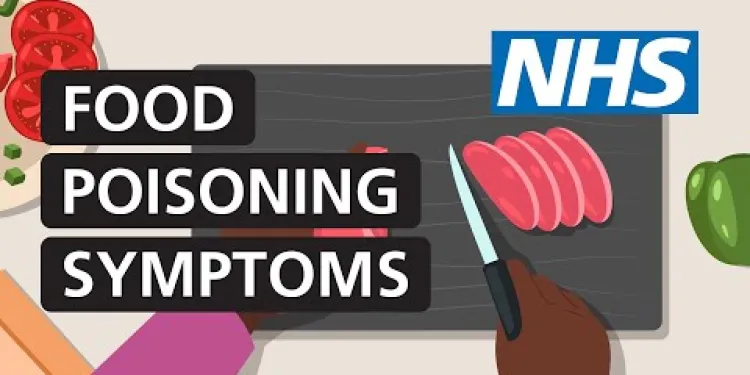
How to tell if you have food poisoning (symptoms) | NHS
Relevance: 51%
-
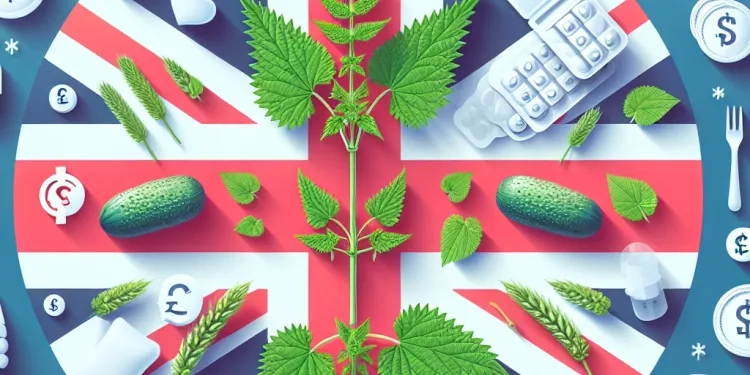
What foods can trigger nettle rash?
Relevance: 50%
-

What foods are best to eat during a heatwave?
Relevance: 49%
-
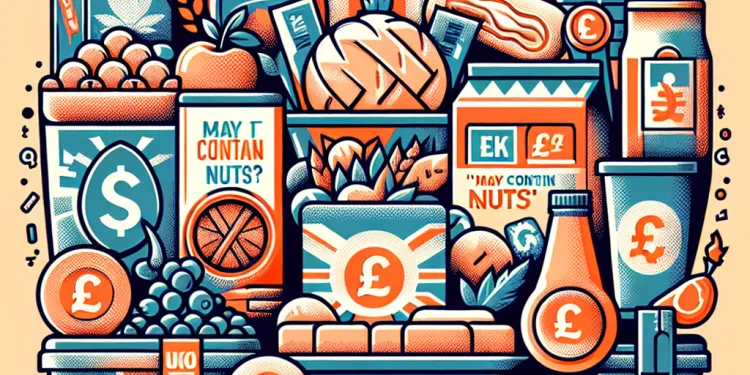
Is it safe to eat foods labeled as 'may contain nuts'?
Relevance: 49%
-

What measures are taken to ensure food safety in school meals?
Relevance: 47%
-

Are sugary drinks worse than sugary foods for causing tooth decay?
Relevance: 47%
-

What foods should I avoid if I have a nut allergy?
Relevance: 42%
-
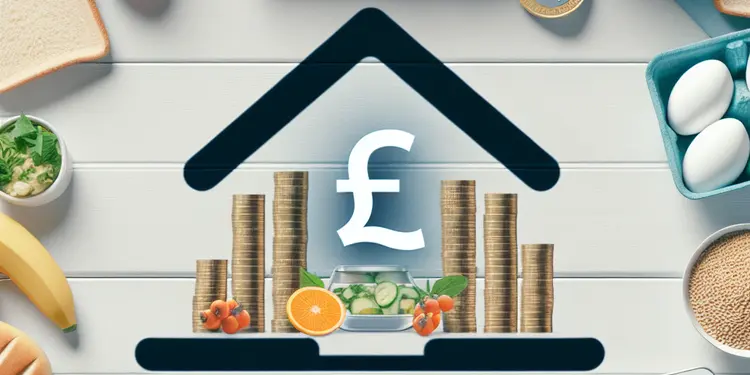
Can I get help with special dietary needs at a food bank?
Relevance: 36%
-
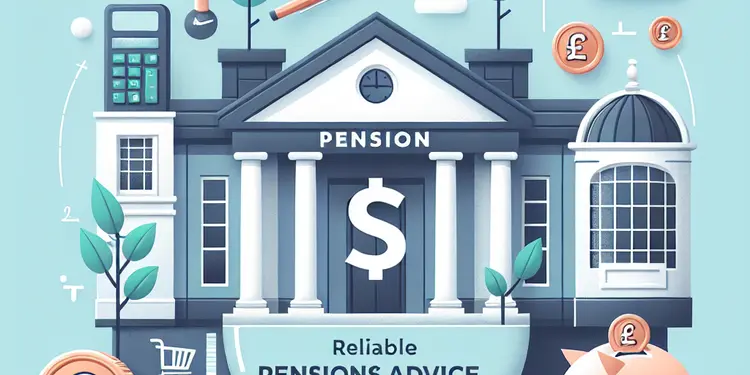
Is advice from my bank on pensions reliable?
Relevance: 33%
-
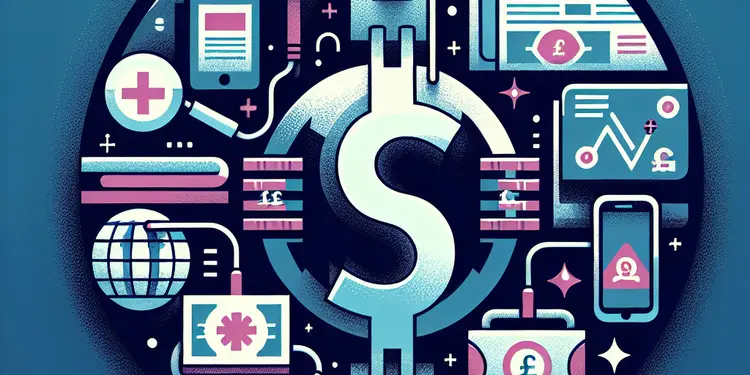
What sources should I consult for information on Covid-19?
Relevance: 32%
-

Do online banks have lower fees than traditional banks?
Relevance: 30%
-
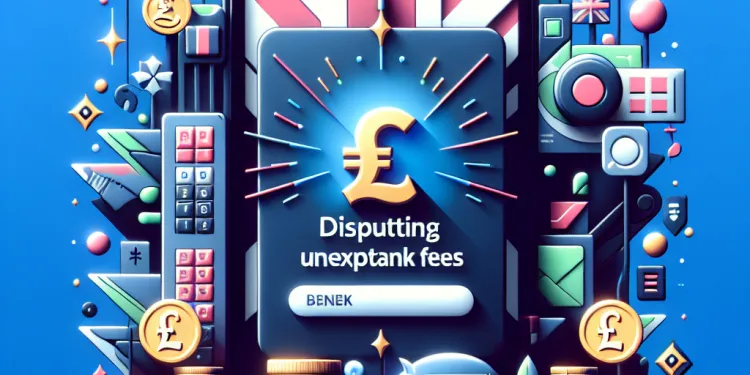
Can customers dispute unexpected banking fees?
Relevance: 30%
The Role of Food Banks in the UK
Food banks play a crucial role in the UK by providing emergency food supplies to individuals and families in crisis. Their importance has grown significantly as more people struggle with food insecurity due to various factors, including economic challenges and rising living costs. Understanding how food banks source their food can provide insight into their operations and help support their cause.
Donations from the Public
A substantial portion of food banks’ stock comes from public donations. Members of the community often contribute non-perishable food items during collections held at local supermarkets, community centres, and places of worship. Typical donations include canned goods, pasta, rice, and other long-lasting products. Many food banks have established partnerships with major supermarket chains, allowing them to set up collection points where shoppers can donate food as they leave the store.
Supermarket and Retail Contributions
In addition to donations from individuals, supermarkets and other retailers also contribute to food banks directly. They may provide surplus food that is close to its sell-by date but still safe to consume. This helps reduce food waste while supporting food banks in meeting their clients' needs. Retailers participate in these initiatives as part of their corporate social responsibility programs, helping to redistribute food efficiently across communities.
Partnerships with Food Redistribution Networks
Food banks often partner with food redistribution networks, such as FareShare. These organizations collect surplus food from suppliers, including farmers and manufacturers, and redistribute it to charities and community groups, including food banks. This collaboration is vital as it ensures that a diverse range of food products, including fresh produce, dairy, and meat, reaches those in need.
Local Community and School Initiatives
Local schools and community groups frequently organize food drives to support food banks. These initiatives not only generate food donations but also raise awareness about food insecurity and encourage community involvement. Schools may integrate food bank support into their curriculum, teaching students about social issues and the importance of community service.
Government Assistance and Funding
While most food banks operate independently of government funding, they may receive assistance in other forms, such as grants or logistical support. Local councils and government agencies can offer guidance and sometimes provide funding for special projects aimed at tackling food poverty. Additionally, during times of national crisis or increased demand, additional government support might be directed to food banks to bolster their capacity.
Corporate and Charitable Sponsorships
Many food banks seek financial donations from businesses and charities, which can help them purchase essential food items that are not typically donated. These funds are crucial for maintaining the diversity and nutritional balance of the food parcels provided. Sponsorships and partnerships with local businesses also help raise the profile of food banks and encourage ongoing community support.
The Role of Food Banks in the UK
Food banks are important in the UK. They give emergency food to people and families who are in need. More people need food banks because of money problems and higher living costs. Understanding where food banks get their food helps us know how they work and how we can help them.
Donations from the Public
Most food in food banks comes from people who donate. Communities give food that lasts a long time, like canned goods, pasta, and rice. People donate at supermarkets, community centers, and churches. Food banks also work with supermarkets. Shoppers can give food when they finish shopping.
Supermarket and Retail Contributions
Supermarkets and stores also give food to food banks. They donate extra food that is still good to eat but needs to be used soon. This stops food from going to waste and helps food banks. Stores do this to show they care about the community.
Partnerships with Food Redistribution Networks
Food banks work with groups like FareShare. These groups collect extra food from farms and factories. They then share this food with charities and food banks. This helps make sure food banks get fresh food like fruits, vegetables, dairy, and meat.
Local Community and School Initiatives
Schools and community groups collect food for food banks too. They raise awareness about people needing food and get the community involved. Schools might teach students about social issues and how helping the community is important.
Government Assistance and Funding
Most food banks do not get money from the government, but sometimes they get help like advice or special project funds. Local councils might also help. During big problems or when many people need food, the government might give more help to food banks.
Corporate and Charitable Sponsorships
Food banks look for money donations from businesses and charities. This money helps them buy important food that people do not donate. Sponsorships help food banks get the foods they need and encourage people to keep supporting their work.
Frequently Asked Questions
How do food banks typically source their food?
Food banks source their food through donations from individuals, grocery retailers, corporate partners, and food drives.
Do food banks purchase food?
Yes, food banks often purchase food at wholesale prices to meet specific needs, especially for items that are not frequently donated.
What role do grocery stores play in providing food to food banks?
Grocery stores donate surplus and non-perishable items to food banks, helping to reduce waste and support communities.
Are food drives an important source for food banks?
Yes, food drives organized by community groups, schools, and businesses are crucial for collecting non-perishable goods for food banks.
How do food manufacturers contribute to food banks?
Food manufacturers often donate excess or mispackaged products that are safe to eat but cannot be sold in retail.
Do farms ever donate to food banks?
Farms may donate fresh produce and other farm products, often in collaboration with food rescue organizations.
What is a food rescue organization?
Food rescue organizations collect surplus perishable food from businesses and deliver it to food banks and charities.
Can individuals donate food to food banks?
Yes, individuals can donate non-perishable items to food banks directly or through organized food drives.
How does government support impact food banks?
Government support can include funding programs, grants, and surplus food distribution to food banks.
Are there partnerships between food banks and restaurants?
Some food banks partner with restaurants to rescue surplus prepared food, following health and safety guidelines.
How does the food bank network system work?
Food banks are often part of larger networks that help distribute food more efficiently and provide access to national resources.
Does food quality affect donations to food banks?
Food banks ensure that they only distribute food that meets safety standards, even if it is donated or rescued.
How do corporate food donations benefit companies?
Companies can receive tax benefits, reduce waste, and improve community relations by donating to food banks.
Are there specific foods that food banks prefer to receive?
Food banks typically prefer nutritious, non-perishable items such as canned proteins, vegetables, grains, and baby formula.
Do food banks ever reject food donations?
Yes, food banks may reject food that is expired, unsafe, or not useful for their clients' needs.
How does food bank storage capability affect their distribution?
A food bank's storage capacity, including refrigeration, impacts the types and amounts of food they can safely handle.
What is gleaning and how does it relate to food banks?
Gleaning involves collecting leftover crops from farmers' fields that would otherwise be wasted and distributing them to food banks.
Do food banks collaborate with other charities?
Yes, food banks often work with other charities and community organizations to maximize the reach and effectiveness of food distribution.
How do volunteer efforts support food banks?
Volunteers support food banks by sorting, packing, distributing food, and assisting with food drives and fundraising.
Why is nutritional food important for food banks?
Providing nutritious food helps to improve the health and wellbeing of individuals and families in need.
Where do food banks get their food from?
Food banks get food from different places. They often get food from:
- Stores that give extra food.
- People who donate food.
- Farmers who share their food.
- Companies that make food.
Food banks also buy some food. They make sure everyone gets enough to eat. Using pictures or videos can help understand how food banks work.
Food banks get food in different ways. People can give food as donations. Stores and big companies also help by giving food. Sometimes, groups collect food at events called food drives.
Do food banks buy food?
Yes, food banks buy food in big amounts. This helps them get the food they need at lower prices. They do this when they need certain foods that people don't give often.
How do grocery stores help give food to food banks?
Grocery stores give food to places called food banks. Food banks help people who need food. Grocery stores can share the food they don't sell. This means less food waste, and it helps people who may not have enough to eat.
If it's hard to understand, you can ask someone to read with you. You can also use pictures to help explain the words.
Grocery stores give extra food they don't need to food banks. This helps stop food waste and helps people who need food.
Do food drives help food banks?
Yes, food drives are very important. Community groups, schools, and businesses collect food that doesn’t go bad, like canned food. They give it to food banks to help people who need it.
How do food makers help food banks?
Food makers give food to food banks. This helps people who need food.
Tips to understand:
- Think of places where people make or pack food. They might give some of this food to help others.
- Food banks are places where people can get free food if they need it.
Helpful tools:
- Ask a friend or family member to explain more if you're unsure.
- Look at pictures of food banks to see how they work.
Sometimes, food companies have extra food or food with the wrong packaging. They give this food away because it is still safe to eat, even though they can't sell it in stores.
You can use tools like pictures or videos to help understand this better. You might also find it useful to listen to this text being read out loud.
Do farms give food to food banks?
Yes, sometimes farms give food to food banks. This helps people who need food.
Farms have fruits, vegetables, and other food.
If a farm has extra food, they can give it away.
Food banks give this food to families.
Families can then have food to eat.
If you want help with reading, you can:
- Ask someone to read with you.
- Use a reading app that reads the text out loud.
- Look at pictures to understand better.
Farms can give away fresh fruits and vegetables. They also give other things they grow. Farms often work with groups that help save food.
What is a food rescue organization?
A food rescue organization is a group that helps save food.
They take food that stores or restaurants don't use.
This food might be thrown away.
The group gives the food to people who need it.
Helpful Tip: Using pictures or videos can make it easier to understand.
Food rescue groups take extra fresh food from shops. Then, they give this food to food banks and charities.
Can people give food to food banks?
You can give food that doesn't go bad, like cans and boxes, to places that help people who need food. You can bring the food straight to them or join a group collecting food to help.
How does government help affect food banks?
The government can help in different ways. They can give money to help people. They can also give extra food to places called food banks. This helps people who need food.
Do food banks and restaurants work together?
Food banks and restaurants can help each other. They can share food so people don't go hungry.
If you want to learn more, you can:
- Ask someone who works at a food bank.
- Look for stories online about food and helping others.
- Visit a restaurant and ask if they share food with food banks.
Some food banks work with restaurants. They take extra food that is still good to eat. They make sure the food is safe and clean.
How Do Food Banks Work Together?
Food banks help people who need food. They work like a team.
Food comes from many places like stores, farms, and people giving food.
Food banks collect this food and share it with smaller groups.
The smaller groups give the food to people who need it.
There are tools to help everyone work together, like computers and phones.
If you need help reading, you can ask someone you trust or use voice readers.
Food banks work with bigger groups. These groups help them share food in a smart way and get help from the whole country.
Does the kind of food change how much people give to food banks?
Here are some tips to help you understand:
- Think about if people give more food when it is nice and fresh.
- Picture helping others by giving good food.
- Use pictures or videos to learn more about food banks.
Food banks make sure all the food they give out is safe to eat. They check that it is good quality, even if the food was donated or would have been thrown away.
How do giving food donations help companies?
Companies can get money back on their taxes, throw away less waste, and make friends with the community by giving food to food banks.
What foods do food banks like to get?
Food banks like some foods more than others because they are useful. Cans of food, cereal, pasta, and rice are good choices. They do not go bad quickly and are easy to cook.
Try to give foods that do not need a fridge. This helps food banks store them.
It is nice to give foods with lots of vitamins, like canned fruits and vegetables.
You can also give baby food. It helps families with young children.
For help understanding words, you could use a dictionary or ask someone to explain. Pictures of these foods can also help you know what to look for.Food banks like to get healthy foods that do not go bad quickly. Good things to give are cans of meat, cans of vegetables, rice, pasta, and baby formula.
Can food banks say no to some food donations?
Sometimes, a food bank might not take some food. Here are some reasons why:
- The food is old or out of date.
- The food is open or damaged.
- The food is not safe to eat.
If you want to help a food bank, it is best to give fresh and safe food. You can also ask them what they need most.
Yes, food banks might say no to food that is old, not safe, or not helpful for the people they give food to.
How does the way food banks store food change how they give it out?
A food bank's storage space, like how many fridges they have, affects the kinds and how much food they can keep safely.
What is Gleaning and How Does It Help Food Banks?
Gleaning is when people collect leftover fruits and vegetables from farms. Sometimes farmers have extra food after they pick their crops.
Instead of letting this food go to waste, people gather it. This helps stop food waste and helps feed people who need food.
Food banks are places where people can get free food if they are hungry. The collected food from gleaning can be given to food banks. It means more people can eat healthy food.
If you want to understand more, you can look at pictures or watch videos about gleaning. Asking someone for help can also make it easier to know how gleaning works.
Gleaning is when people pick up leftover fruits and vegetables that farmers did not collect. These fruits and vegetables might be thrown away. Instead, people take them to give to food banks. Food banks help people who don’t have enough food to eat.
Do food banks work with other charities?
Food banks give food to people who need help. They sometimes join with other charity groups to do this. Charities are groups that help people. When food banks and other charities work together, they can help more people.
Tip: You can ask someone to read with you or use a tool that reads words out loud.
Yes, food banks often team up with other charities to help more people get the food they need.
How do helpers support food banks?
Volunteers help food banks in different ways. They sort and pack food. They give food to people who need it. They also help with events to collect food and raise money.
Why is healthy food important for food banks?
Food banks give food to people who need help. It is important for food banks to have healthy food like fruits, vegetables, and whole grains. Healthy food helps people stay strong and feel good.
Eating good food can help people feel better and stay healthy. This is why food banks need food that is good for the body.
Some tools that can help people eat well are picture guides, easy recipes, and apps that show healthy food choices.
Giving healthy food helps people and families feel better and stay healthy.
Useful Links
- Ergsy carfully checks the information in the videos we provide here.
- Videos shown by Youtube after a video has completed, have NOT been reviewed by ERGSY.
- To view, click the arrow in centre of video.
- Most of the videos you find here will have subtitles and/or closed captions available.
- You may need to turn these on, and choose your preferred language.
- Go to the video you'd like to watch.
- If closed captions (CC) are available, settings will be visible on the bottom right of the video player.
- To turn on Captions, click settings .
- To turn off Captions, click settings again.
More Items From Ergsy search
-

How do food banks get their food?
Relevance: 100%
-

What is a food bank?
Relevance: 93%
-

What is the difference between a food bank and a food pantry?
Relevance: 91%
-

What types of food are typically available at a food bank?
Relevance: 91%
-

Is there a cost to receive food from a food bank?
Relevance: 89%
-

What if there is no food bank near me?
Relevance: 85%
-

Are food banks open on weekends?
Relevance: 85%
-

Can anyone use a food bank?
Relevance: 84%
-

Is there a limit on how much food I can take from a food bank?
Relevance: 82%
-

How can I access food banks?
Relevance: 81%
-

The Rise of Community Food Banks: Combating Hunger Locally
Relevance: 78%
-

How can I support my local food bank?
Relevance: 78%
-

Can refugees or immigrants access food banks?
Relevance: 78%
-

How often can I visit a food bank?
Relevance: 78%
-

How can I find a food bank near me?
Relevance: 78%
-

What information do I need to access a food bank?
Relevance: 78%
-

What if I can't physically visit a food bank?
Relevance: 77%
-

Do I have to provide personal information to access a food bank?
Relevance: 75%
-

What should I bring with me when visiting a food bank?
Relevance: 75%
-

Rise in Food Bank Usage Amid Economic Challenges
Relevance: 75%
-

Can I volunteer at a food bank?
Relevance: 66%
-

Do I need to make an appointment to visit a food bank?
Relevance: 60%
-

Charities Warn of Food Insecurity Amidst Rising Cost of Living
Relevance: 58%
-

Are there any food assistance programs available for seniors?
Relevance: 55%
-

Can Ozempic be taken with food?
Relevance: 54%
-

Are there any initiatives to reduce food waste in schools?
Relevance: 52%
-

Can certain foods help me stay cool?
Relevance: 52%
-

How are food allergies managed in UK schools?
Relevance: 52%
-

How to tell if you have food poisoning (symptoms) | NHS
Relevance: 51%
-

What foods can trigger nettle rash?
Relevance: 50%
-

What foods are best to eat during a heatwave?
Relevance: 49%
-

Is it safe to eat foods labeled as 'may contain nuts'?
Relevance: 49%
-

What measures are taken to ensure food safety in school meals?
Relevance: 47%
-

Are sugary drinks worse than sugary foods for causing tooth decay?
Relevance: 47%
-

What foods should I avoid if I have a nut allergy?
Relevance: 42%
-

Can I get help with special dietary needs at a food bank?
Relevance: 36%
-

Is advice from my bank on pensions reliable?
Relevance: 33%
-

What sources should I consult for information on Covid-19?
Relevance: 32%
-

Do online banks have lower fees than traditional banks?
Relevance: 30%
-

Can customers dispute unexpected banking fees?
Relevance: 30%


